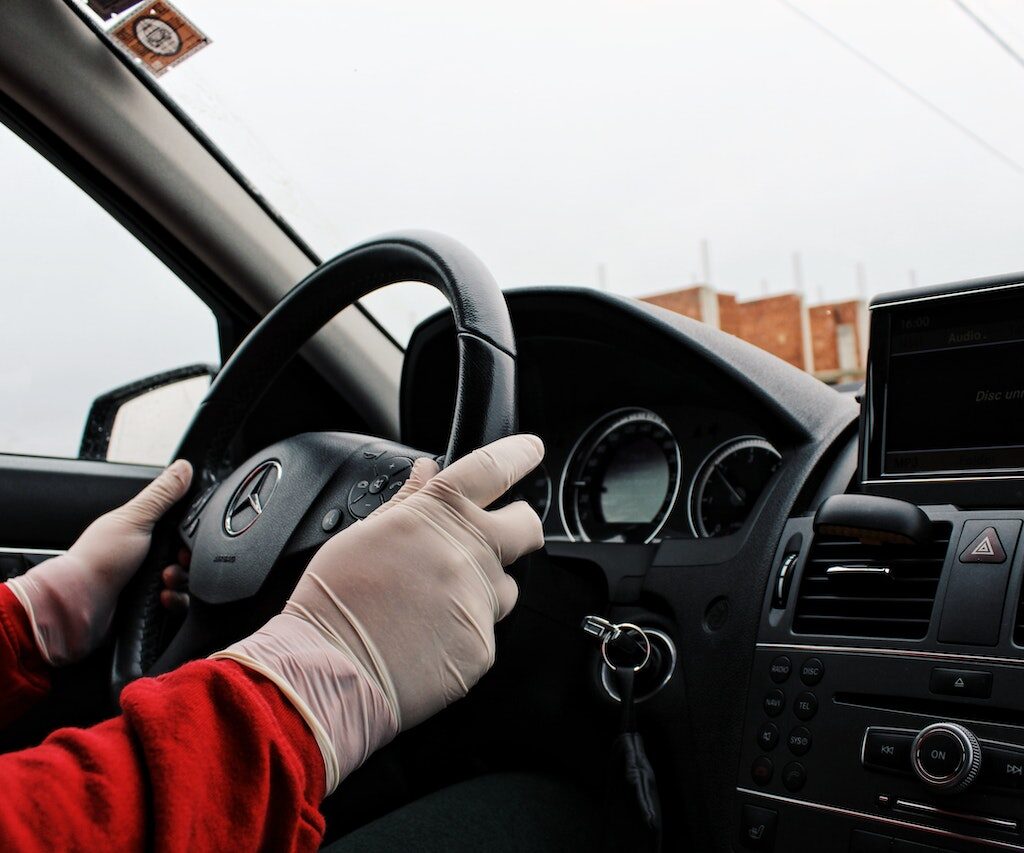Before car manufacturers launch a new model for sale to the general public, they hire professional test drivers to thoroughly test the vehicle’s design features and overall mechanical and technical performance. Test drivers put the new vehicle through its paces on private racetracks as well as a variety of terrains to make sure the vehicle handles properly, is mechanically sound, and all design and safety features are working optimally. This is done to assist manufacturers in resolving any design or system flaws before production begins. Becoming a vehicle test driver can be a rewarding career choice for those who are keenly interested in the automotive industry. You may want to explore some of the jobs available as a vehicle test driver on Jooble.
In this article, we teamed up with experts from job aggregator Jooble to take a closer look at what a professional vehicle test driver does, and how to become one.

What is a professional vehicle test driver?
Test drivers are a crucial component in the pre-production process of any new vehicle. They are trained professionals who are usually employed by car manufacturers to evaluate prototype models before going into full-scale production and being released for sale to the general public. Vehicle test drivers are also hired to test new models for reviews in articles aimed at an audience of car enthusiasts. These drivers test performance, handling, mechanical, and safety features, using their vast experience and in-depth knowledge of automobiles. In the pre-production phase of a new model, the test driver works closely with engineers and designers, making recommendations for improvements, or reporting any design or mechanical flaws.
What does a car test driver do?
To evaluate performance, comfort, and safety, the test driver will drive the vehicle on a variety of surfaces in all types of weather conditions, spending hours on roads in diverse urban and rural areas. Additionally, they look at how the vehicle handles at high speeds and in tight corners. After a series of rigorous tests, the driver will submit a report to the development team (made up of designers and engineers), detailing the vehicle’s performance as well as any flaws and suggestions for improvement.
Skills required by a vehicle test driver
The following basic skills and practical knowledge are necessary to become a professional test driver:
Advanced driving skills
In order to test a new vehicle performance and handling ability, test drivers need advanced driving skills and must be familiar with driving fast on racetracks and testing vehicles on various types of surfaces such as dirt roads, sandy conditions, or heavy snow.
In-depth automotive knowledge
Test drivers are required to have an in-depth knowledge of the various types of vehicles they are testing – whether they’re cars, SUVs, trucks, etc. They should possess a sound knowledge of the mechanics, design elements, and safety features to enable them to make a thorough evaluation when testing the vehicle.
Communication
The test driver’s well-informed feedback is crucial. This enables the design team and engineers to correct any design or mechanical flaws and make important improvements to the vehicle in the pre-production phase.
Passion
All successful test drivers have one major thing in common: a deep interest in and passion for motor vehicles. A professional test driver’s level of success will depend on this.

How to become a vehicle test driver
Here are some important steps to becoming a professional test driver:
1. Education
As discussed above, test drivers should have a fundamental understanding of the types of vehicles they are testing. Some test drivers are automobile enthusiasts who are self-taught; others are trained motor mechanics, while others enroll in automobile mechanics programs to learn about a vehicle’s mechanical, electrical, and other systems.
As an alternative, some aspiring test drivers choose to earn a four-year bachelor’s degree in automotive technology, or a mechanical engineering degree, majoring in automotive design and manufacturing.
2. Driver’s license
In order to work as a test driver, you will need a valid driver’s license and a spotless driving record. Additionally, there are certification programs available from many automakers. Tip: Taking an advanced driving course can be a great way to improve your driving skills.
3. Learning about the industry
It is advisable to learn about the various elements of the automotive industry before attempting to work in it, such as:
- Makes and models: Familiarize yourself with the various makes and models available on the market and their major attributes, such as engine performance, fuel consumption, and design and safety features.
- Technological innovation: Learn about the latest technological innovations implemented by manufacturers. For example, the addition of more advanced onboard computers and AI computer-assisted driving.
- New design trends: Familiarize yourself with the most recent design trends across manufacturers. Find out about the styling changes made to various vehicles throughout the industry.
4. Practice your driving skills
To test vehicle performance and handling in a variety of situations, test drivers frequently need to “push the envelope”. It’s therefore important to be able to control a vehicle at high speeds or on dangerous or difficult road surfaces. Gain experience driving at high speeds, and practice driving on all types of terrain such as dirt roads or frozen surfaces.
5. Learn about vehicle standards and regulations
The National Highway Traffic Safety Administration (NHTSA) publishes the Federal Motor Vehicle Safety Standards (FMVSS) prescriptive U.S. federal regulations. These regulations are intended to prevent and minimize accidents caused by defective vehicles. Before beginning a career as a test driver, you will need to learn about these standards in order to know what to look for when assessing the safety of an automobile.
6. Learn to write detailed reports
Most test drivers are required to write detailed reports on their findings after finishing their on-road work. Learn about procedural writing. Look for style manuals or publicly available reports from automakers or testing facilities to learn what data they contain and how this information is organized.
7. Network with people in the business
Your job as a professional vehicle test driver can be helped along by networking with people in the automotive business. Get to know the people in your field by going to auto shows and other automotive events.
Where to find work as a professional test driver
Employers of vehicle test drivers include:
- Automobile manufacturers: Test drivers are usually employed full-time by the company and enjoy a variety of fringe benefits.
- Automotive media (print publications and/or websites targeting vehicle enthusiasts): This type of media publishes regular automotive reviews and may employ either full-time or freelance test drivers who may also be required to write in-depth reviews on the vehicles they test.
- Testing facilities: Independent test facilities (not affiliated with specific vehicle manufacturers) employ test drivers to verify product and performance specs as well as test safety features. You can be employed either full or part-time by these organizations.
Salary and job prospects
In the US, an automobile test driver makes an average of $49,000 annually. Professional test drivers may work full-time or freelance. Some test drivers gravitate towards becoming automotive journalists, testing new vehicle releases, and writing articles and reviews about them for either online or print publications.
Closing Thoughts In conclusion, becoming a professional test driver requires gaining a solid understanding of vehicle systems as well as obtaining a valid driver’s license. It can take years of dedication and hard work to become proficient in the skills required for this job, but the reward is worth it.
